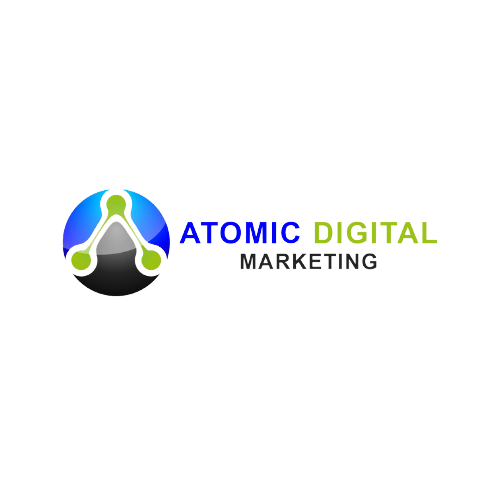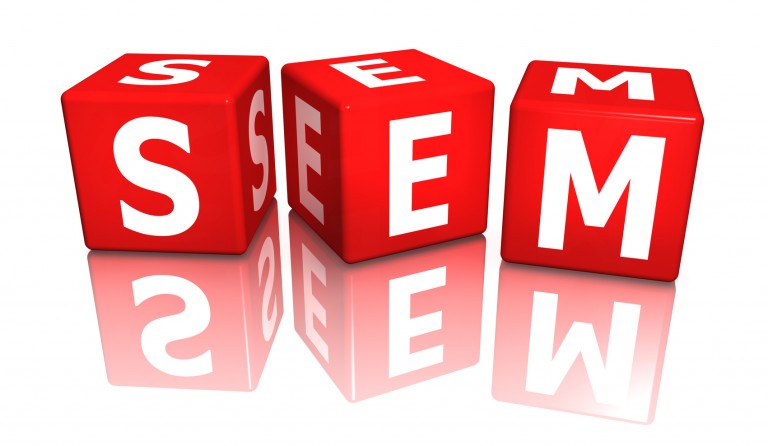SEO and SEM: Understand The Acronyms
Many people get mixed up and confused with the terms Search Engine Optimisation (SEO) and Search Engine Marketing (SEM). Recognising and understanding the difference between the two is vital in determining the allocation of your marketing funds and resources.
SEO and SEM — what’s the difference?
Search engine optimisation (SEO) is the process of optimising a website, affecting its visibility on organic (unpaid) or natural search engine results. It is actually a component of SEM and is perhaps the most cost-effective function in a search engine marketing campaign.
Two Main Components of SEO
• On Page (On-Site) Optimisation: Includes keyword density; title tag optimisation; quality of original content; keywords in the content, hyperlinks, headings and bold tags, URL, meta tags, sitemap, link structure.
• Off Page (Off-Site) Optimisation: Includes amount of incoming links; quality of sites that link to yours; social sharing signals; relevancy of sites that link to yours; keywords in the anchor text.
Search engine marketing (SEM) is a more extensive term than SEO. It is the process of marketing a website with the goal of getting higher visibility in search engines with the option of using either free traffic (SEO) or paid traffic (Paid search advertising like Google Adwords).
Paid search advertising is purchasing advertising space in the search engine results. Rather than trying to rank higher and get free traffic (SEO), you pay to be seen in front of the searches.
SEM Practices:
• Paid inclusion
• Traditional ads
• Pay-for-placement management (includes pay-per-click)
• Link popularity / reputation development
SEO is focused on organic search results and aims to get your website to the top of the list of organic search results. SEM considers the right keywords and investing on those so that your website appears in the paid search results of major search engines.
SEO and SEM are not opposing services. The difference is simply that SEO is part of SEM and is actually considered as a subset. Both processes share the same goal and that is to increase visibility in search engines.
If you want to manage a business on the internet, it’s essential to be visible in both organic and advertised links, which means you require using both SEO and SEM. Merging the two into one solid strategy can be extremely advantageous for your business.
Related Posts
Categories
- Animals (1)
- Artificial intelligence (AI) (2)
- Blog (51)
- Client Links (11)
- Dental Marketing (1)
- Design (5)
- Digital Marketing (50)
- Media (7)
- Music (1)
- News (20)
- SEO Case Studies (13)
- SEO Company Sydney (10)
- SEO Posts (25)
- SEO Sydney (23)
- SEO Testimonials (5)
- Social Media Australia (10)
- Social Media Management (11)
- Social Media Managers (2)
- Social Media Sydney (10)
- Social Media Training (2)
- Travel (4)
- Uncategorized (3)




